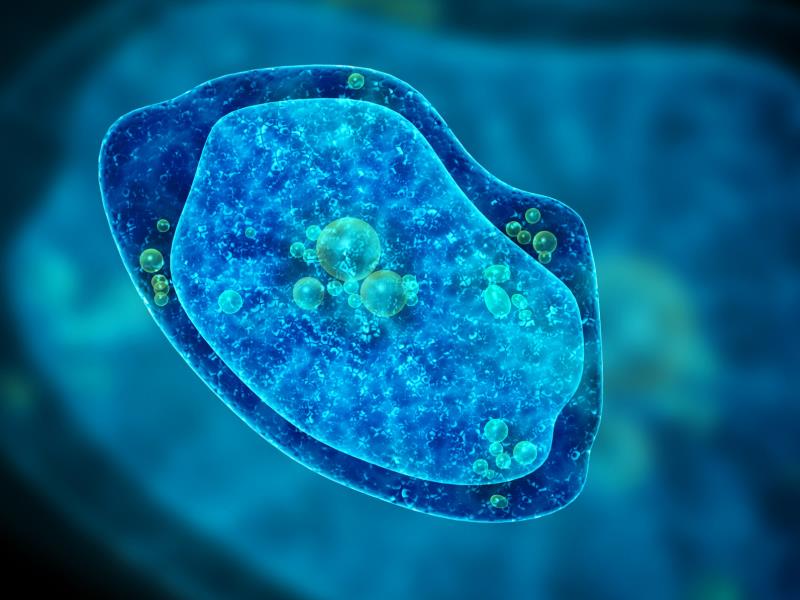Do brain-eating amoebiasis cases exist in Malaysia?





Some months back, the US state of Florida issued warning to citizens in its Hillsborough county to be on the lookout for a “brain-eating” amoeba known as Naegleria fowleri.
The amoeba causes primary amoebic meningoencephalitis (PAM) whose symptoms include changes in a person’s sense of smell or taste, headaches, stiff neck, nausea, and vomiting. It frequently leads to confusion and death.
According to the US Centers for Disease Control and Prevention (CDC), one cannot get infected from drinking or swallowing water contaminated with Naegleria sp. It must enter the body through the nose and then travel to the brain, where it causes inflammation and tissue damage, and quickly leads to death. [Available at: www.cdc.gov/parasites/naegleria/general.html. Accessed on 19 August]
Infection is most common in persons who go swimming in warm freshwater sources like ponds and rivers. This also means that inadequately sterilized swimming pools or dirty tap water can be a source of Naegleria sp. The amoeba is not found in salt water or marine settings. Infection occurs most often during the summer months of July to September.
Amoebas are single-celled protozoan organisms that feed on rotting matter. They are found throughout the world. Although usually functioning as a degrader, some can potentially be pathogenic. Very few species of amoeba are pathogenic, and these are usually opportunistic in nature. Acanthamoeba keratitis, for instance, is caused by amoeba from the genus Acanthamoeba, which afflicts contact lens wearers.
With the basis that amoebas can be found around the world and live in warm, freshwater environments, the question that emerges is: Do brain-eating amoeba infections occur in Malaysia? A 2018 study looking for N. fowleri failed to find the amoeba in our waters. [PLoS One 2011;6(9):e24327] The researchers sampled freshwater bodies in Peninsular Malaysia and could not find any N. fowleri in the sampled waters. There were, however, Naegleria-like amoebas in the samples.
MIMS Doctor asked Datuk Dr Christopher Lee, infectious diseases expert and former Deputy Director-General of Health, about any cases he may have encountered. He said it had yet to be reported here but cautioned that the disease has been reported in Thailand, and may occur here. A quick check with a doctor practicing in a government hospital in Sungai Petani yielded the same answer—that it has not been reported in Malaysia, but cautions that cases could have been misdiagnosed as brain biopsies are not often carried out on dead patients.
Another study looking at the recorded Acanthamoeba in Southeast Asia, saw its distribution to be more widespread. Acanthamoeba spp causes acanthamoeba keratitis and granulomatous amoebic encephalitis (GAE). So far, no cases of GAE have been reported in Malaysia, but acanthamoeba keratitis is a little more common. The disease was only reported as recently as 1995, but the true incidence could be much higher as reported in a local study published in 2005. The study, done in Universiti Kebangsaan Malaysia Medical Centre, Kuala Lumpur Hospital, Tun Hussein Onn National Eye Hospital and a private clinic, reported a total of four confirmed cases within a period 6 months in 2002. Even then, the researchers already warned that acanthamoeba keratitis may be more common than initially believed in Malaysia. [International Medical Journal 2005;12(1):7–9] The researchers called for a higher degree of suspicion and for acanthamoeba keratitis to be considered as part of the differential diagnosis of most cases of presumed microbial keratitis, in particular among those who wear contact lenses.